Trails For Tomorrow: Desert Landscapes
Did you know that 33% of Earth is desert? These weird and stunning landscapes are full of cool rocks and canyons, sandy trails and dunes, and cacti resilient enough to thrive in unforgiving environments. But, this is only the beginning of their grandeur. Deserts are full of life we often don’t see, they hold extremely fragile ground-cover species, and host some of the most miraculous rock formations created slowly by the relentless persistence of wind and water. Desert landscapes are iconic to off-roaders. Places like the Mojave Desert and the sand flats of Moab hold generations of dirt ramblin’ memories. As off-roaders, we can access areas deep within desert landscapes and truly observe what makes them so special.
It’s hard to imagine an off-road world without the pull of desert trips in Spring and Fall. As you get ready to head to drier climates, brush up on facts about desert environments to ensure a safe trip and continued access to the rocky, sandy trails we love so much.
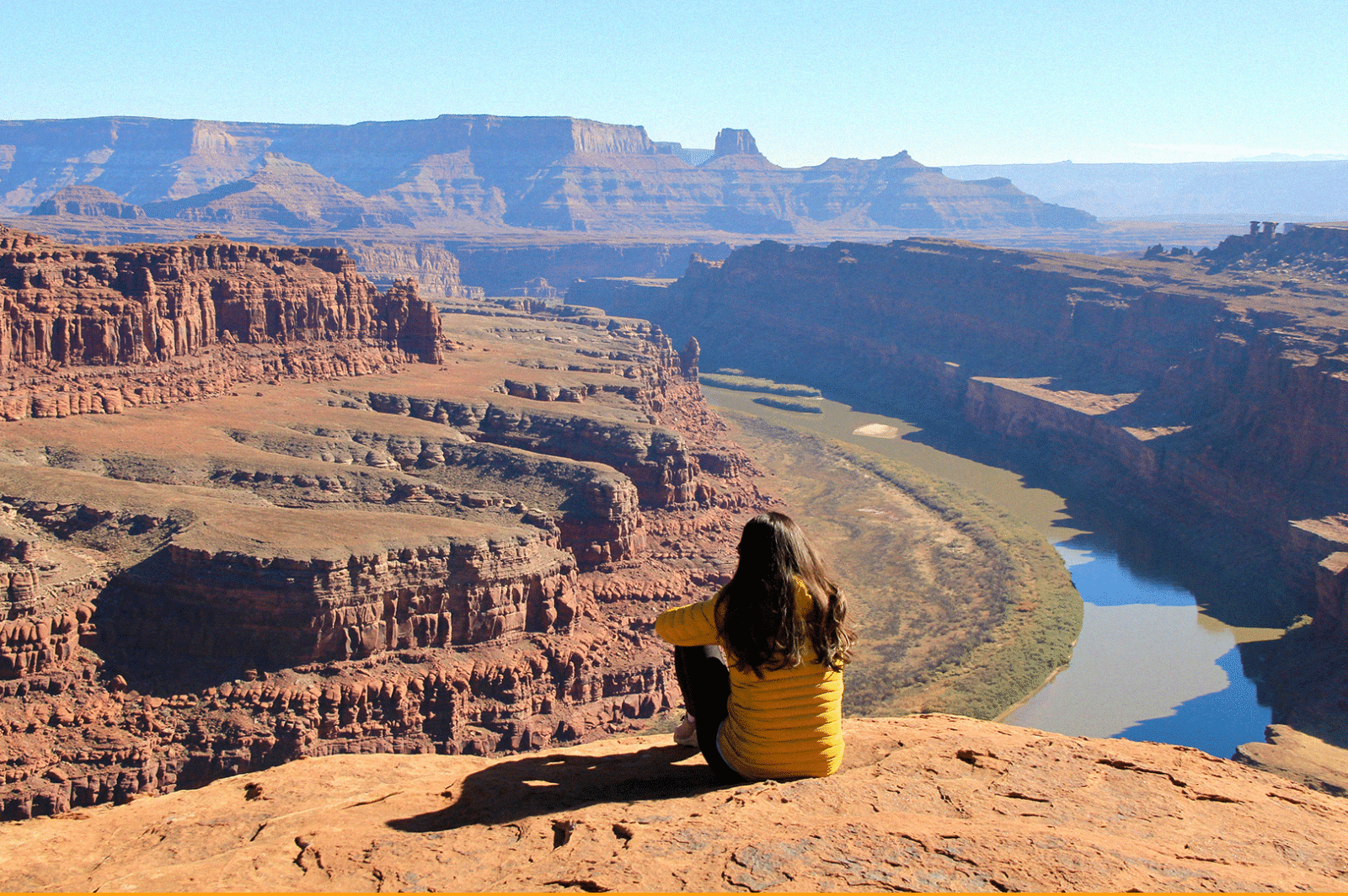
 Temperatures
Temperatures
Temps in the desert can fluctuate immensely. The reason is twofold: arid air and the prominence of sand.
During the day, sand and rocks radiate the sun’s energy and emit heat into the air. The nights cool down at a surprisingly rapid pace due to the lack of moisture prohibiting the air and sand from retaining the heat gathered during the day.
BE PREPARED: Layers are always key. Imagine you’ll be even colder than you anticipate when you’re packing and bring an extra puffy jacket for those chilly nights.
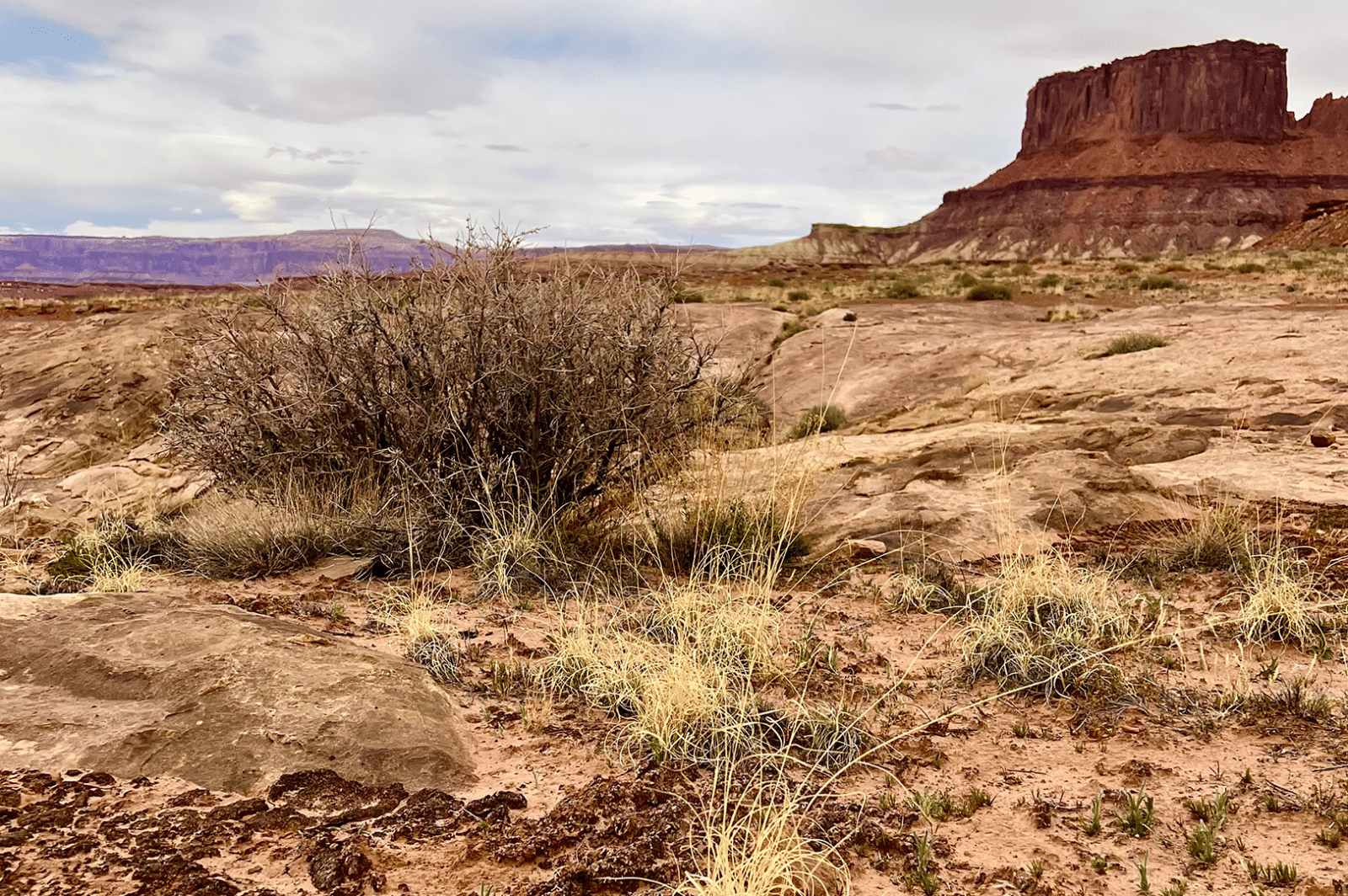
 Cryptobiotic Soil
Cryptobiotic Soil
Otherwise known as “desert glue,” cryptobiotic soil crusts are a critical element in preventing wind and water from eroding sandy desert soils.
Essentially, cryptobiotic soil keeps the place… in place. These aptly named living organisms—crypto means “hidden”and biota means “life”—are undetectable to the naked eye and form very, very slowly over 5,000 to 10,000 years. They are killed when trampled by humans or vehicles and they require thousands of years to regrow. Wild, huh? Cryptobiotic soil is found in many arid regions around the world.
KNOW HOW TO SPOT IT: Always look for those dark crusty clumps of cryptobiotic soil if you wander off-trail in the desert. Do your best to never step on it. Don’t bust the crust!
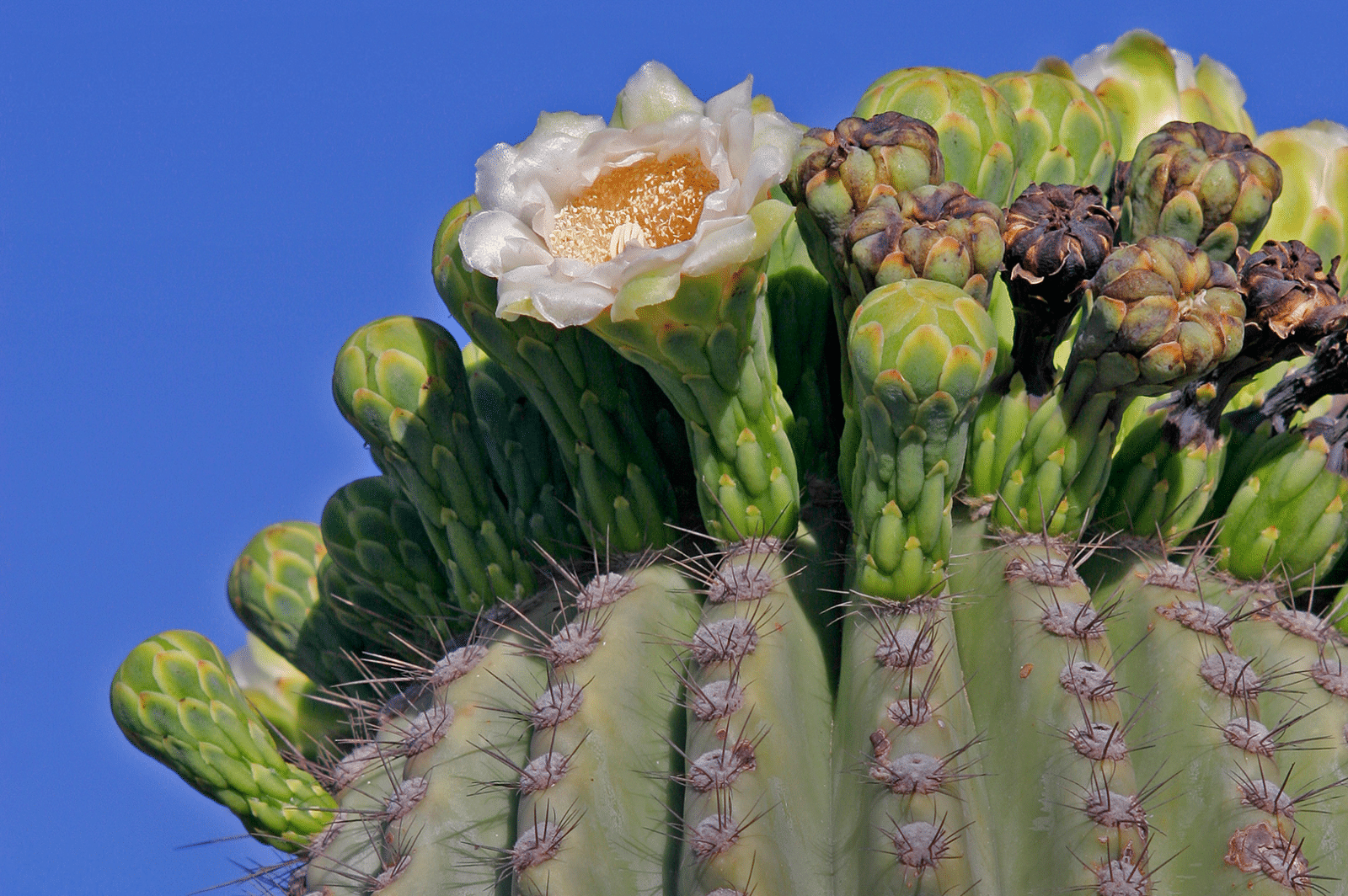
 Plants
Plants
Have you ever caught a bloom seasonally or after a rain? Many spectacular flowers and plants call the desert home. They’re hearty, sturdily built, and worthy of massive admiration.
The truth is, desert plants cannot survive without water. Their low moisture environment requires these plants be capable of storing and conserving water in their trunks, stems, and fleshy leaves, because the next rainy day may be many months out. Some evolved to have special structures for water storage or shaped leaves for capturing droplets and dew. The adaptations desert plants have made over time is truly remarkable.
LET ‘EM GROW: Stop and smell the roses. Ok, there are likely no roses, but do stop long enough to give that cactus an air high five (not a real one, they’re prickly), they deserve it! Just remember to take only photos and leave this resilient flora to grow.
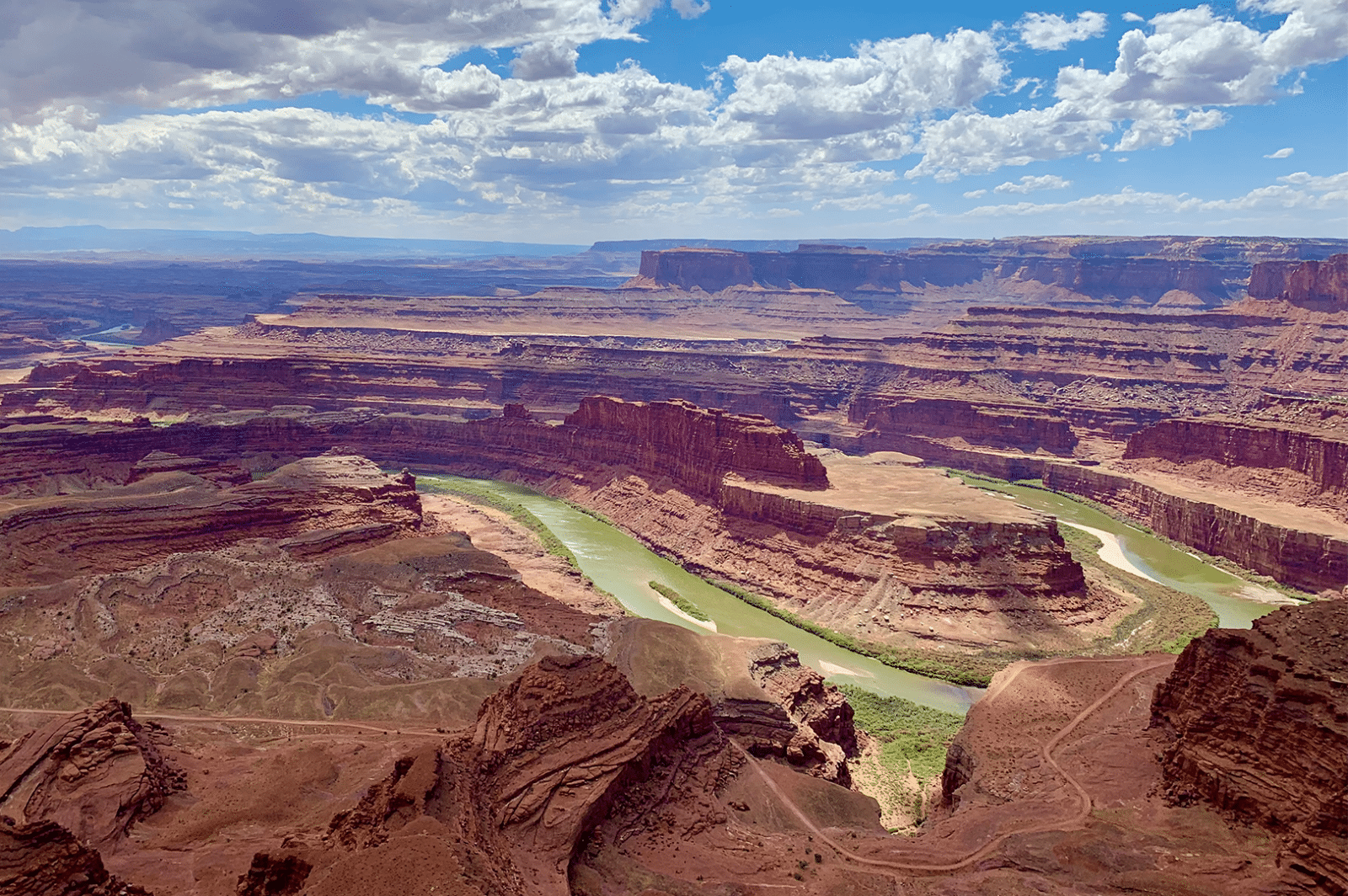
 Water
Water
There may not be much, but there is water in the desert and it can take form in rivers, seasonal runoff streams, springs, or groundwater. A true desert typically receives less than 10 inches of rainfall in a year, but storms do happen.
Flash floods can occur after a heavy rain and can pose a very real concern when recreating in the desert. Because sandy and rocky soils don’t absorb water quickly, powerful washes can rip through desert landscapes unexpectedly and cause dangerous conditions for off-roaders by creating new water crossings or blocking trail access, dangerous conditions for off-roaders.
BE AWARE: Check the weather before you head out and familiarize yourself with potential flash flood areas along your route. Water runs downhill, so you’ll want to consider your topography to understand how nearby high and low areas may impact water flow to your location.
Pro Tip: Swap your onX Offroad maps to Topo Mode to identify areas prone to flash flooding.
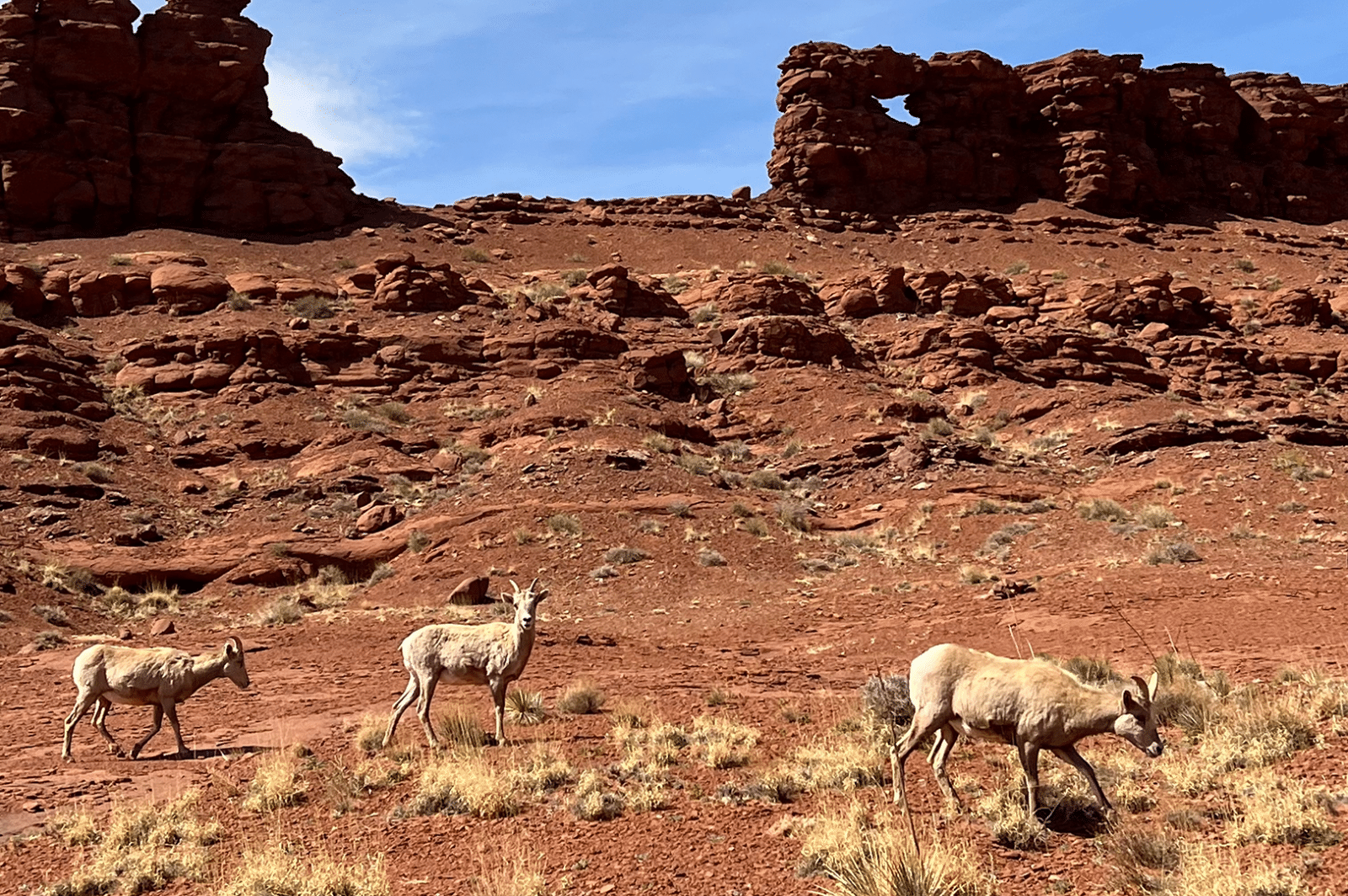
 Animals
Animals
Despite feeling quite barren, our American deserts are full of amazing wildlife of all sizes.
You can find snakes, rodents, scorpions, spiders, foxes, antelope, birds, and lizards—just to name a few. Mammals often burrow or hide in the shade while the reptiles are out sunning on the rocks and together they form their own little world in the desert.
STAY SAFE: Never approach or feed wildlife, critter-proof your camp at night, and remember to check your shoes for scorpions in the morning before you stick your feet in. It’s important to keep yourself and the animals safe by preventing contact.
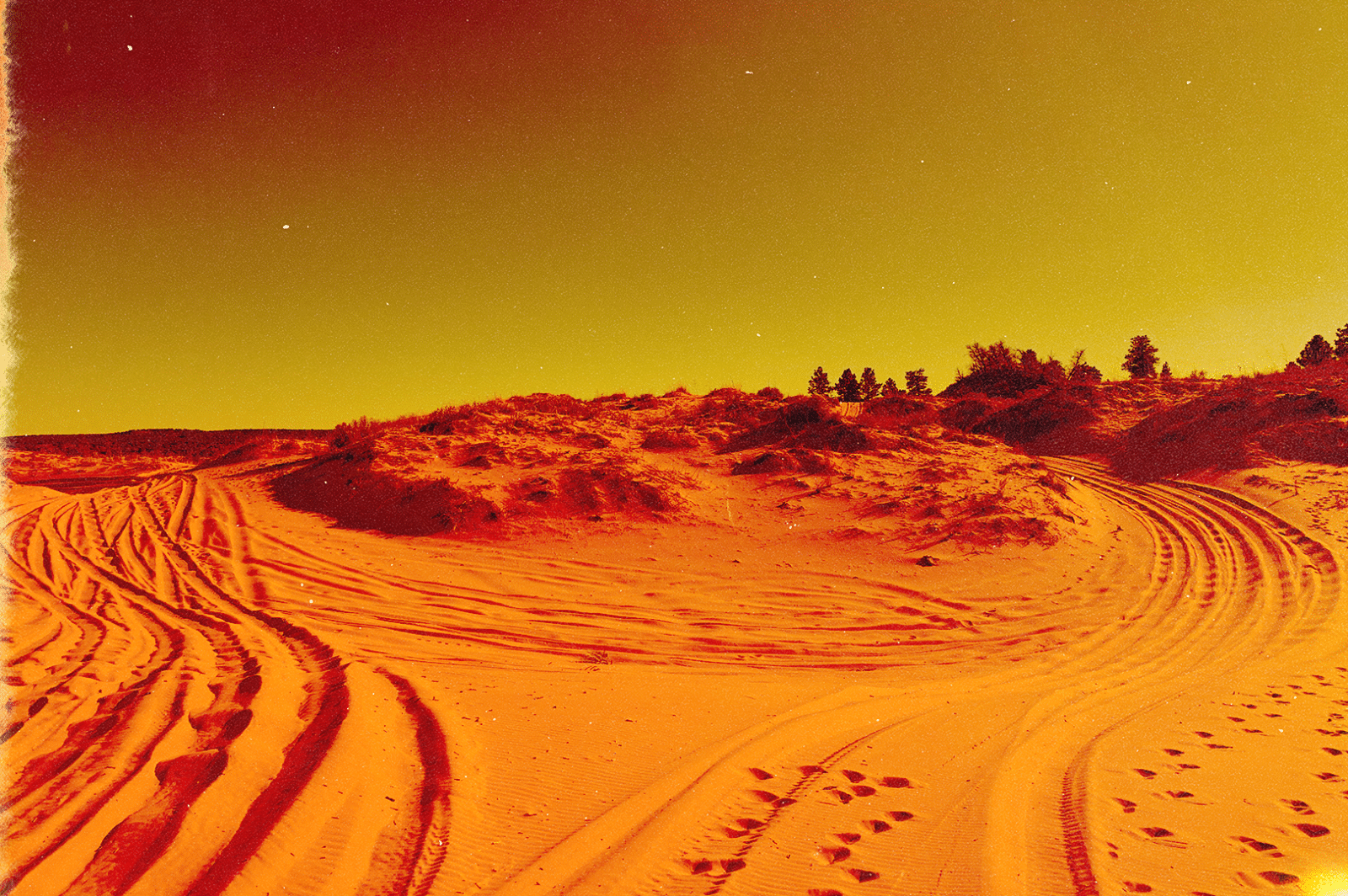
Long live motorized access to
our favorite desert trails.
Together, we conserve them through awareness and action. Go farther, Go forever.